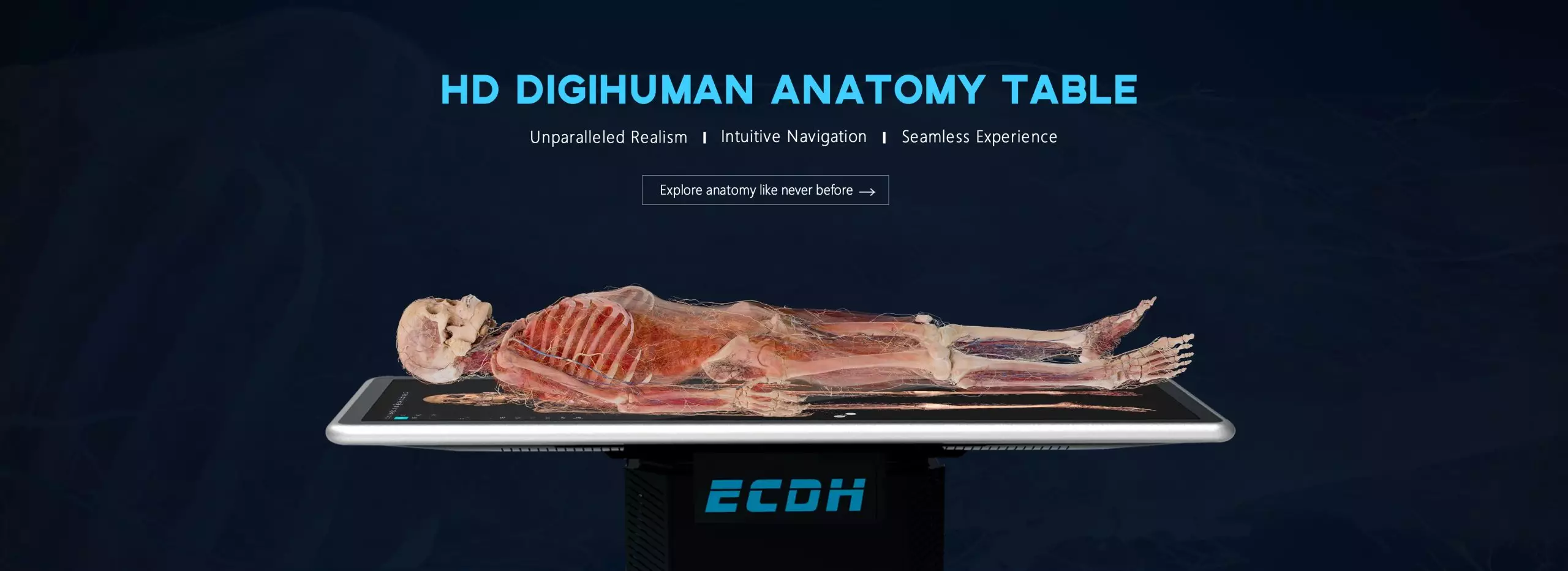As an anatomical model manufacturer, I am committed to promoting sustainable practices in the production and distribution of our products. By adopting environmentally friendly methods and materials, we strive to minimize our ecological footprint while providing high-quality educational tools.
The Role of Anatomical Model Manufacturers
Anatomical model manufacturers play a crucial role in medical education and research. These models serve as invaluable tools for students, healthcare professionals, and researchers to understand the complexities of the human body. However, traditional manufacturing processes often involve the use of non-recyclable materials and generate significant waste.
To address these challenges, we have implemented sustainable practices throughout our production cycle. We prioritize sourcing eco-friendly materials that are both durable and recyclable. By utilizing advanced technologies such as 3D printing, we can reduce material waste by producing precise anatomical models with minimal excess material.
DIGIHUMAN: Revolutionizing Anatomy Education
One innovative solution that has gained traction in recent years is DIGIHUMAN – a virtual anatomical model developed through cutting-edge technology. This digital alternative offers numerous advantages over traditional physical models while also contributing to sustainability efforts.
DIGIHUMAN allows users to explore detailed 3D representations of the human body on electronic devices such as computers or tablets. With interactive features like zooming in on specific organs or systems, this digital tool enhances learning experiences for students and professionals alike.
What is a DIGIHUMAN?
A DIGIHUMAN is essentially a highly accurate computer-generated representation of the human anatomy based on real-life data from cadavers or medical imaging techniques such as MRI scans. It provides an immersive experience where users can manipulate virtual organs, tissues, bones, and more with precision.
Click what is a digihuman.
By utilizing DIGIHUMAN, educational institutions and healthcare facilities can significantly reduce their reliance on physical models. This not only saves resources but also eliminates the need for constant model updates as new medical discoveries are made.
Conclusion

Anatomical model manufacturers have a responsibility to embrace sustainable practices in order to minimize environmental impact. By incorporating eco-friendly materials and exploring digital alternatives like DIGIHUMAN, we can revolutionize anatomy education while preserving our planet’s resources. Together, let us strive towards a future where knowledge and sustainability go hand in hand.
